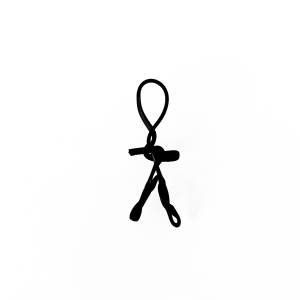before and after
Scene; The consulting room of an ENT surgeon in a UK hospital, a long, long time ago.
Mr ENT; You want a singing voice?
Me; Yes
Mr ENT; I couldn’t help noticing, almost at once, that you have only one working vocal cord.
Me; You noticed that?
Mr ENT; When you’ve been a consultant as long as I have, you notice these things almost instinctively. And you want a singing voice – something that traditionally requires the use of two working vocal cords?
Me; Correct.
Mr ENT; Need I point out where your deficiency lies as regards a singing voice? Not to put too fine a point on it, it is in the vocal cord division that you are deficient.
Me; The vocal cord division?
Mr ENT; Yes, the vocal cord division, Mr Igor. You are deficient in it – to the tune of one.
Your right vocal cord I like. I like your right vocal cord. It’s a lovely cord for singing. I thought that the moment I first saw it. I thought, “Here’s a lovely cord for singing”. I have nothing against your right vocal cord. The trouble is – neither have you.
(apologies to Peter Cook and Dudley Moore).
Imagine you’re looking down my throat and into my voice box. If you’d done this a few years ago you’d have seen something like the left hand image - the banana and cucumber, the banana being my left vocal cord, the cucumber, my right. But if you looked today, you’d see the right hand image - two cucumbers.
Now, medically speaking, two cucumbers are better than a banana and cucumber. Much better:
2Cu= speaking without wheezing, laughing out loud, shouting, no choking and if you’re very lucky, singing (a bit).
1Ba+1Cu= none of the above. Quite the opposite in fact.
My banana left vocal cord was paralysed and left for dead, back in June 2010 when I had surgery to remove a bowel cancer tumour from my left lung. This happens all the time apparently, but somehow this knowledge failed to comfort me.
It just sat there at the side of my voice box stubbornly refusing to move. The right cord did its best to coax the left into doing the things that vocal cords are supposed to do - that is, meet in the middle when not making a sound - and then open like a pair of curtains when air needs propelling from the lungs into the voice box to make the sounds of speech, laughter and all the other things we take for granted.
Because the cords could not meet in the middle, air continually escaped from my lungs and stuff that shouldn't go into the lungs, fell down the gap.
The aforementioned ENT surgeon attempted to repair the damaged cord by injecting it with a mix of botox, teflon and what seems to me to be concrete. It didn’t really work.
So a few months ago we got to meet an expert in repairing voices at the Queen Elizabeth Hospital, Birmingham. He agreed to attempt the almost impossible job of ‘straightening’ the left vocal cord so that it looks more like a cucumber (he doesn’t actually use these terms. I just did that to make it more interesting).
Today we’re back in his consulting room to see the results. He gets excited when Anniemay plays a recording of me singing. He sprays the back of my throat with a numbing agent and then threads a camera down my left nostril and into my voice box. He gets me to sing while he and Anniemay watch my vocal cords in action. The left cord is still paralysed, but it’s much more like a cucumber now - and most importantly, there’s no gap. Result.
I am so grateful to him for agreeing to see me in the first place and then attempting such a difficult procedure. He’s given me another chance; it’s not the same as it was before all this happened, but it’s enough for me to get back to making music.
He suggests singing lessons; “you have a damaged instrument” and offers to see me again in future should it be necessary. But he’s confident that with a bit of training my voice will work again. Yay!

Comments
Sign in or get an account to comment.


